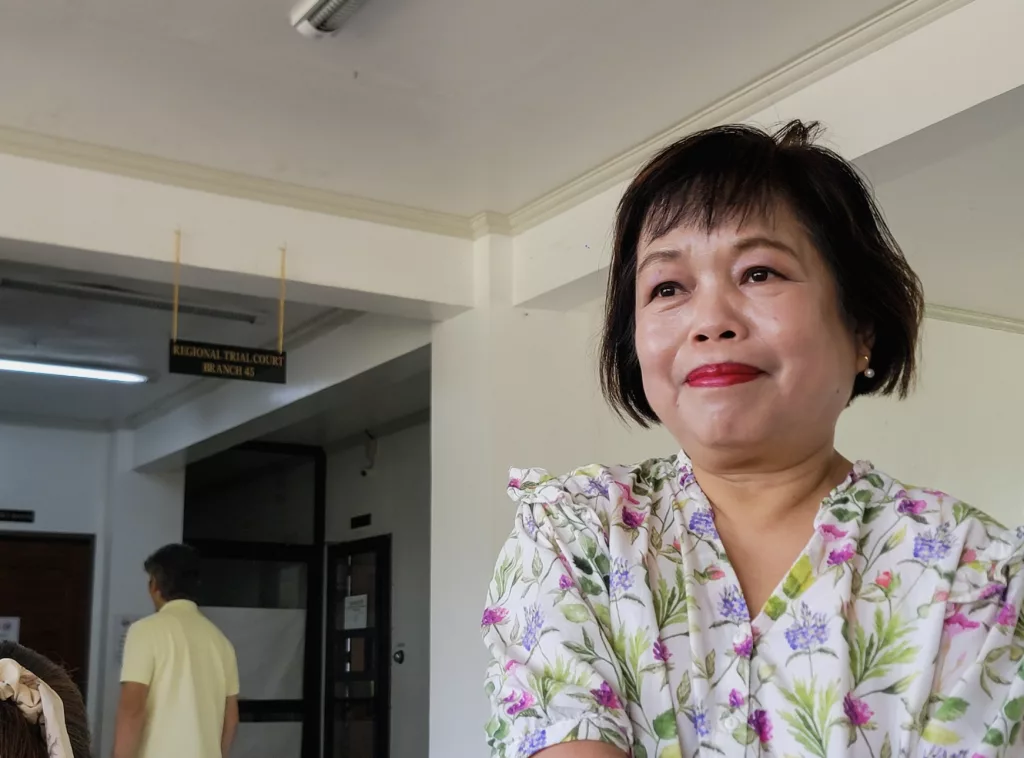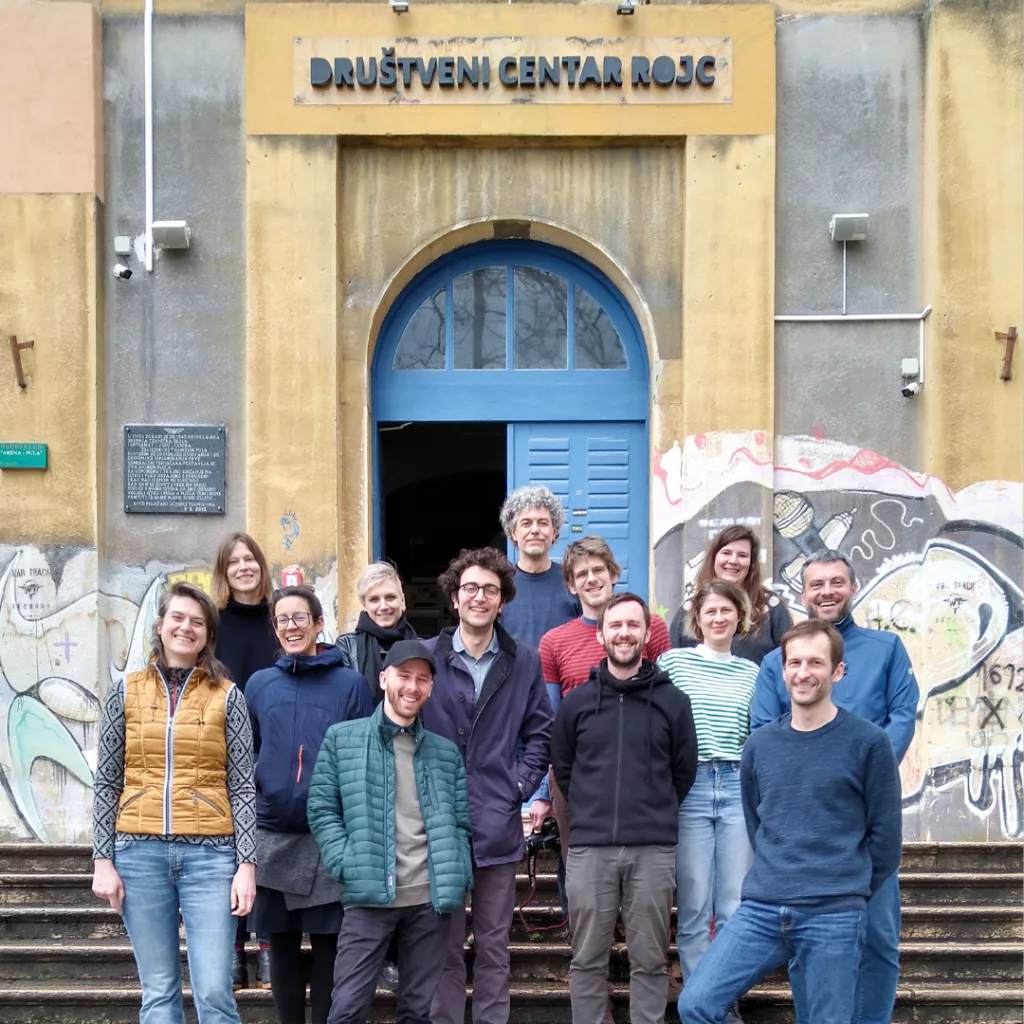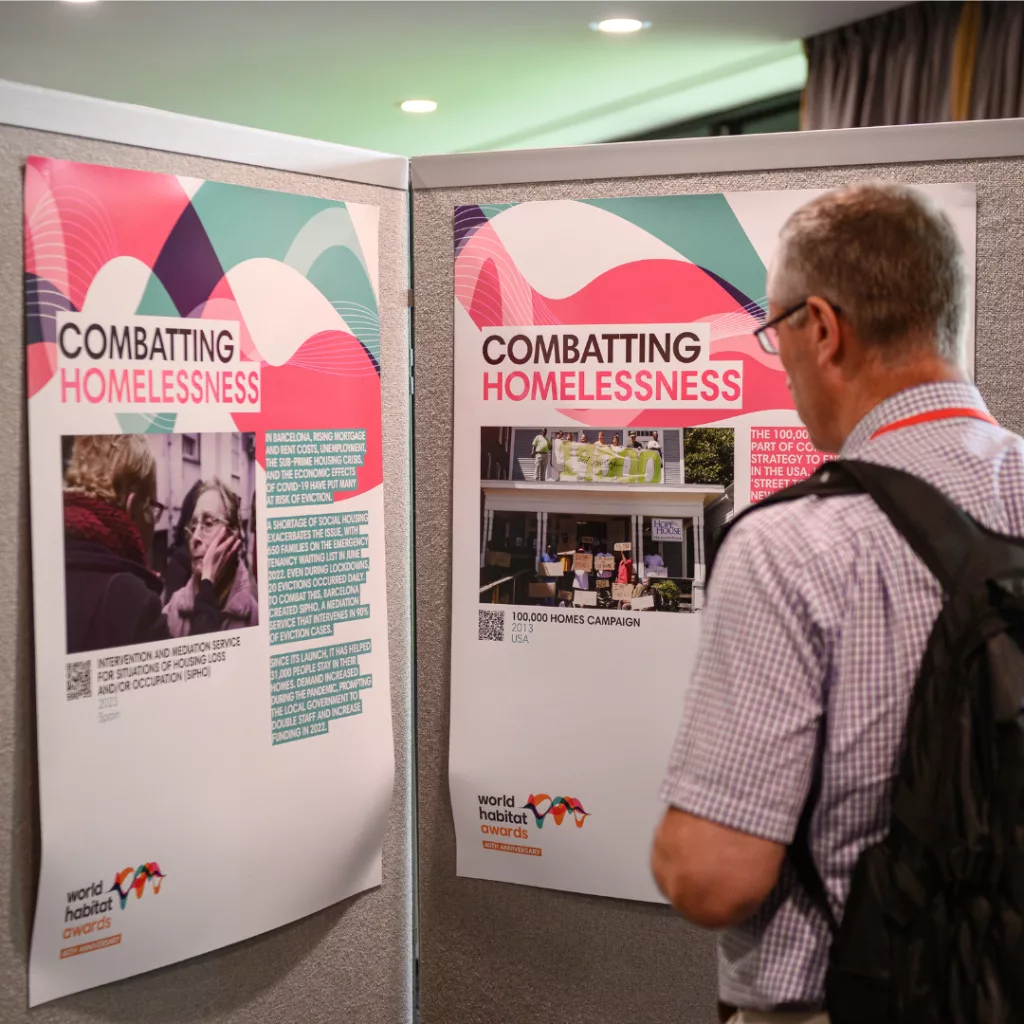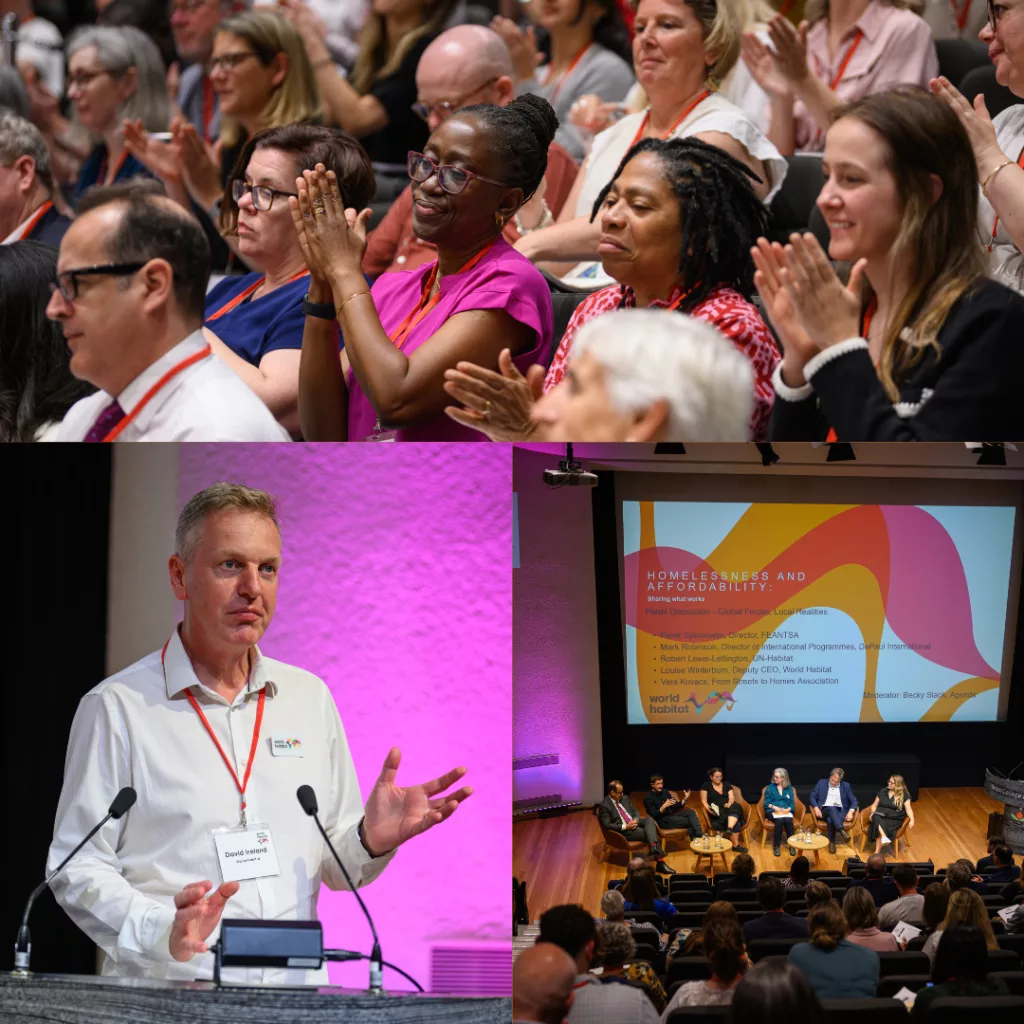Every year almost all the projects submitted to the World Habitat Awards reinforce my passion about housing rights. Often, I’m as moved by early or developing work as any of our ‘proven’ winners and finalists.
This year we got a submission from Nivasa – an architecture charity working in India. Nivasa are about working with communities to provide better housing conditions. Historically they’ve focused on rural villages, where housing is in dire need of improvement for many of India’s poorest communities. This year they told us about a new area of work for them – improving the living conditions in labour camps by turning them into communities for the workers.
Their submission highlighted an issue I don’t think gets much attention in conversations about housing rights. How are we looking after temporary and transient workers? Perhaps because they are only on site for a finite period some might think, “well, it doesn’t have to be perfect, they’ll only be there for a little while”.
Nivasa told us construction workers can be on site from anywhere between 3 months to 3 years. They also told us that on average there is one death each week on construction sites in Bangalore (the capital of the Indian state of Karnataka and one of India’s megacities, where construction is booming).
The typical conditions of labour camps are comparable to some of the worst housing conditions we see. People cramped together with poor sanitation, poorly built structures, dangerous open spaces exposing workers (and sometimes their families, including children) to risk of injury. All the consequences of poor housing are borne out in these camps. Sickness. Poor physical and mental health. High tension and outbreaks of fighting because people are packed together without space or privacy.
Nivasa are working with developers (RMZ), contractors (JMC) and a local charity (APSA – Association for Promoting Social Action) to change that. They’ve been commissioned by RMZ Foundation to pilot improved conditions in their labour camps.
The improvements are relatively modest – and still not what we’d necessarily call ‘up to standard’ – but the results are already striking.
They clean up and create common areas for the community. They set up kitchens where food can be stored on shelves instead of on the floor. They offer education and training programmes, and promote better health and hygiene habits.
The initial results of this work have shown that just making people feel like people again – creating a community rather than a camp – can yield positive results. And not just for the labourers and their families, but for the developers and contractors too. There has been an increase in worker attendance, reduced health issues, lower turnover, fewer incidents of fighting, and labourers who are generally happier (not to mention empowered – some are now rightly insisting that this basic standard of living is what they expect in future).
It’s the start of a journey. Nivasa are using their initial results to convince more people across the construction industry that treating labourers properly is A Good Thing. Even if people accept poor conditions as the status quo, that doesn’t mean it’s okay. And even if you want to be totally ruthless about it and talk about bottom lines, better living conditions for workers equals better profit margins.
So there’s no excuse. Looking after temporary workers is good business. And it’s the right thing to do.
Nivasa received a World Habitat Awards Commendation for their excellent work towards furthering the right to housing.




